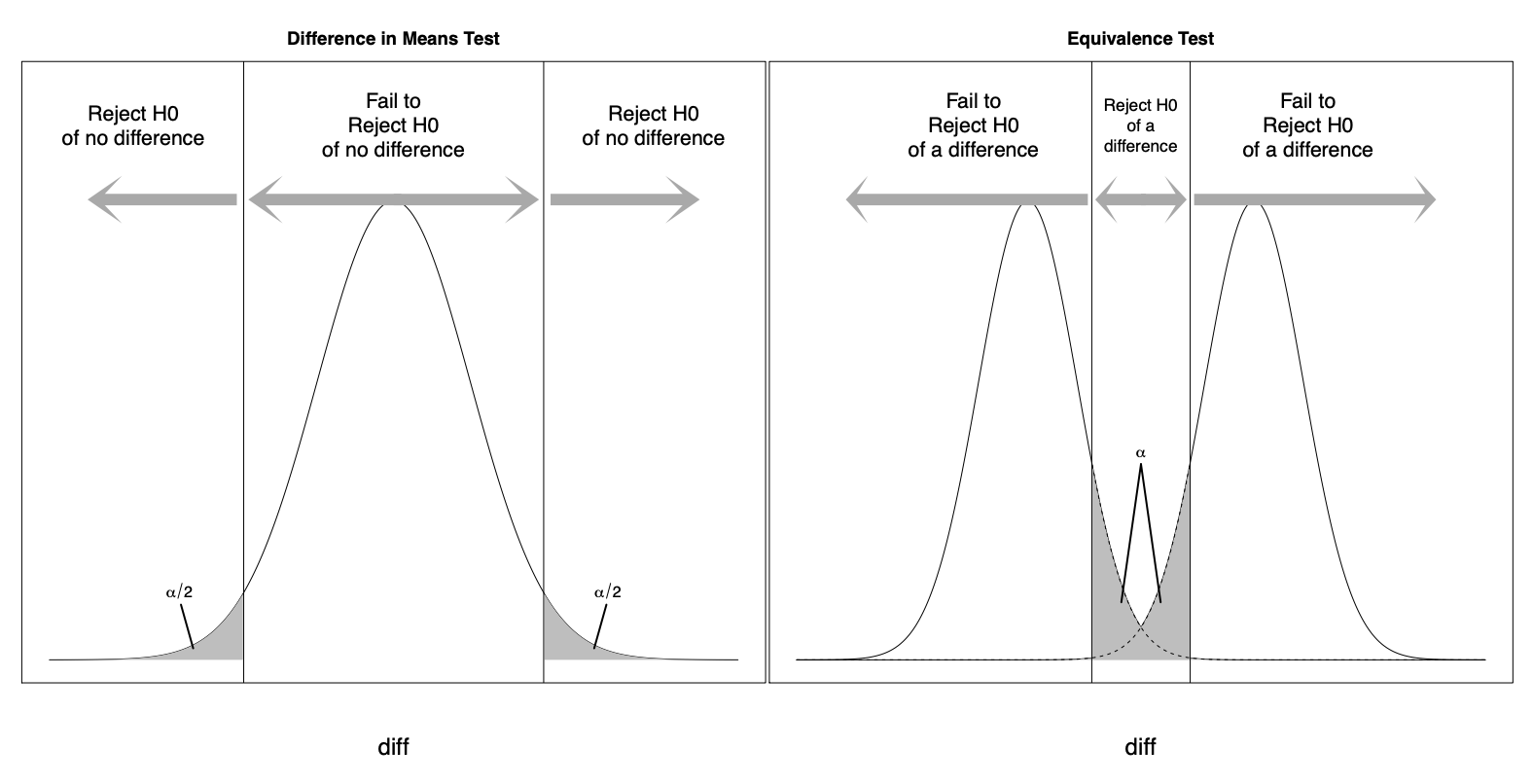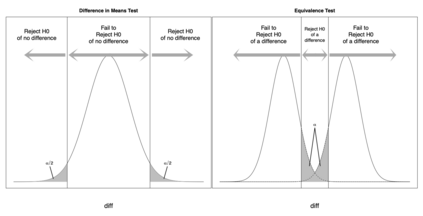While a difference-in-differences (DID) design was originally developed with one pre- and one post-treatment period, data from additional pre-treatment periods are often available. How can researchers improve the DID design with such multiple pre-treatment periods under what conditions? We first use potential outcomes to clarify three benefits of multiple pre-treatment periods: (1) assessing the parallel trends assumption, (2) improving estimation accuracy, and (3) allowing for a more flexible parallel trends assumption. We then propose a new estimator, double DID, which combines all the benefits through the generalized method of moments and contains the two-way fixed effects regression as a special case. We show that the double DID requires a weaker assumption about outcome trends and is more efficient than existing DID estimators. We also generalize the double DID to the staggered adoption design where different units can receive the treatment in different time periods. We illustrate the proposed method with two empirical applications, covering both the basic DID and staggered adoption designs. We offer an open-source R package that implements the proposed methodologies.
翻译:虽然最初设计了一个不同的处理前和后处理后阶段(DID)设计,但经常有来自额外处理前时期的数据,研究人员如何在何种条件下改进这种不同的处理前阶段的设计?我们首先利用潜在结果来澄清多个处理前阶段的三种好处:(1)评估平行趋势假设,(2)提高估计准确性,(3)允许更灵活的平行趋势假设;然后我们提出一个新的估计数据,即双重确定数据,通过一般的瞬时法将所有好处结合起来,并包含双向固定影响回归,作为特例。我们表明,双重确定数据要求对结果趋势作出较弱的假设,而且比现有的DADS估计数据更有效率。我们还将双重计算结果用于交错的采用设计,不同单位可在不同的时间段内得到治疗。我们用两种经验性应用来说明拟议的方法,既包括基本的DA和交错的收养设计。我们提供了一套用于实施拟议方法的开放源R包。





